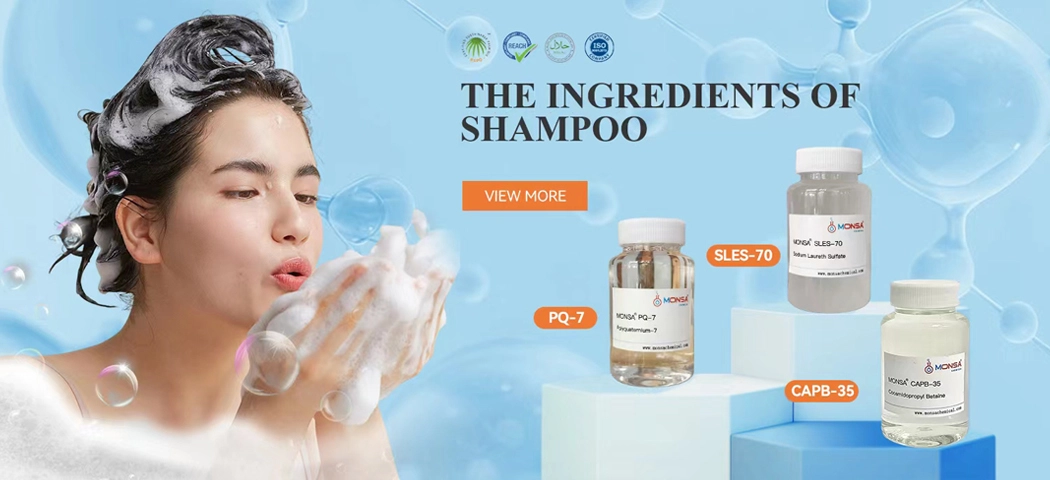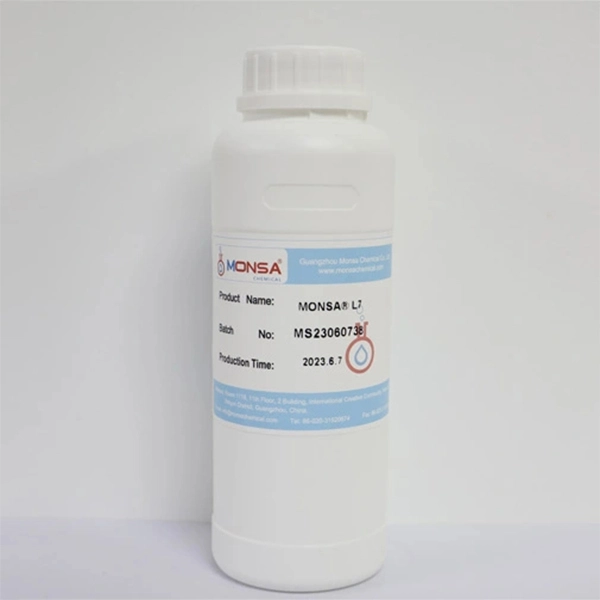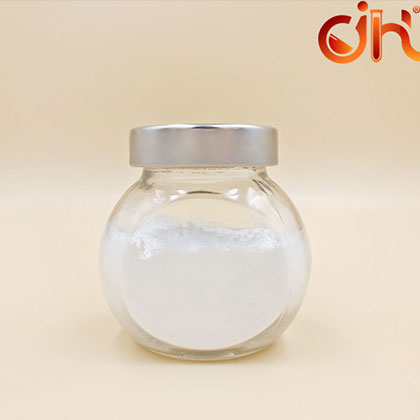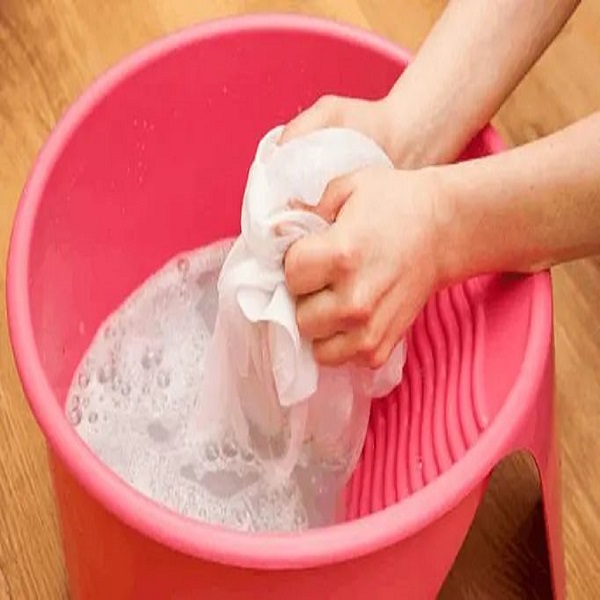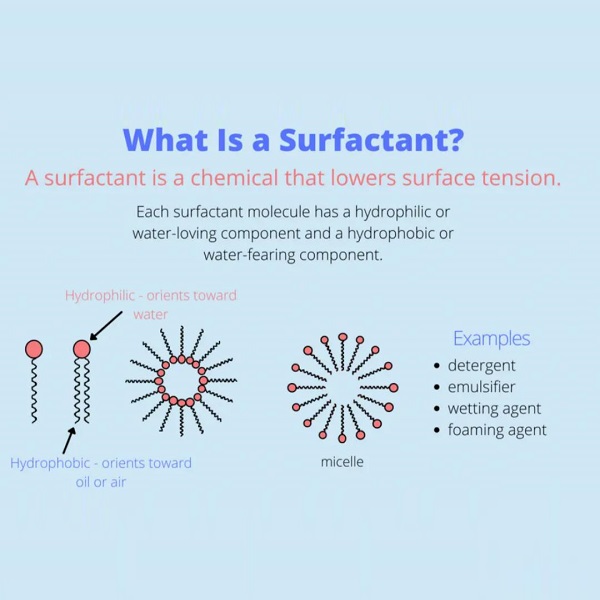Detergents are specially formulated products designed for cleaning purposes, with commonly used variants for laundry being laundry powder and laundry liquid.
Laundry powder often fails to completely dissolve during use, leaving residues that can damage clothing and are difficult to rinse off.
On the other hand, laundry liquid can fully dissolve rapidly, facilitating easy rinsing. It has a milder alkaline nature, being gentle on both skin and fabrics.
Performance Requirements
As a laundry detergent, the formulation primarily addresses its stain-removing capabilities, encompassing primary and secondary stain removal.
Primary stain removal pertains to the detergent's ability to enhance fabric whiteness, bleaching properties, and efficacy in removing dirt and grease.
Secondary stain removal involves the detergent's capacity to prevent dirt deposition and modify the fabric surface color, maintaining brightness after multiple washes.
Poor secondary stain removal can result in fabric hardening and rough texture due to accumulated dirt, reducing the fabric's lifespan and causing a dull appearance due to graying.

One-time Stain Removal Power
The one-time stain removal power is typically enhanced through several approaches, including the combination of anionic and non-ionic surfactants, the introduction of enzymes, and the addition of co-washing agents to boost stain-removing efficacy. The primary agents responsible for stain removal are surfactants. Utilizing a combination of anionic and non-ionic surfactants improves formula stability at low temperatures and enhances stain removal efficiency.
Secondary Stain Removal Power
When dirt re-deposits on clothes, it diminishes the brightness and vibrancy of colored fabrics. An effective detergent should inhibit the re-deposition of removed dirt throughout the entire laundering process, ensuring that laundered fabrics maintain a high level of whiteness. The incorporation of specific lipase enzymes and calcium soap dispersants in the detergent formulation improves fabric whiteness retention and reduces uneven discoloration.
Low Foam, Easy Rinsing
Appropriate foam levels suspend dirt, preventing its re-deposition on laundered items. However, excessive foam can cause unnecessary inconveniences for consumers, such as overflow in washing machines and increased water consumption during rinsing. This issue can be addressed by modifying the detergent formula or adding suitable defoaming agents. Solutions include using low-foaming surfactants, fatty acid soaps, and defoaming agents. Compatibility and stability with the formulation system need to be considered during the formulation process.
Added Value
Added value refers to the incorporation of extra functionalities beyond stain removal to meet diverse consumer demands. These functionalities may include antibacterial properties, fabric softening, antistatic features, color protection, and long-lasting fragrance, streamlining the laundry process and promoting efficiency in time, effort, energy, and water usage.
Common Ingredients
Surfactants: Anionic and non-ionic surfactants constitute the primary active components for stain removal. Examples of anionic surfactants include sodium alkyl ether sulfate (AES), sodium linear alkylbenzene sulfonate (LAS), sodium alkyl sulfonate (SAS), and alkyl olefin sulfonate (AOS). Non-ionic surfactants, such as alkyl ethoxylates (AEO7, AEO9), serve as auxiliary enhancers. Adding non-ionic surfactants with a low ethylene oxide (EO) number enhances permeability. Alkyl amides (6501) or oxidized amines primarily act as thickeners and enhancers. The recommended total surfactant content in the industry is not less than 15% to meet stain removal requirements at normal usage levels.
Enhancers: Ingredients that enhance washing effectiveness, including enzyme preparations like protease, lipase, and cellulase.
Anti-Re-deposition Agent: Sodium polyacrylate, polyvinylpyrrolidone, etc.
pH Adjusters: Commonly used are potassium hydroxide, sodium hydroxide, triethanolamine, citric acid, sodium citrate, sodium succinate, sodium carbonate, sodium bicarbonate, and sodium metasilicate.
Chelating and Dispersing Agents: Sodium citrate, sodium polyacrylate, sodium polyacrylate/maleic acid copolymer.
Inorganic Salts: Mainly sodium chloride, used to adjust laundry liquid viscosity. Sodium sulfate and calcium chloride may be used as enzyme stabilizers.
Functional Additives: Include anti-bleeding agents, reactive oxygen agents for color bleaching, and plant extracts with antibacterial properties. Some formulations may include fabric softeners for added softness.
Solvents: Ethanol, propylene glycol in laundry detergent, isopropanol, etc.
Co-solvents: Sodium methyltaurate, sodium dimethyltaurate, urea, etc.
Defoaming Agents: Used to control foam levels in laundry liquids, including organic silicones, polyether compounds, and mineral oil-based defoamers. Organic silicon defoamers exhibit superior defoaming and inhibitory effects, but their use in emulsion form can impact transparency when added in larger quantities. Polyether defoamers have defoaming effects above the cloud point and are suitable for transparent laundry liquid formulations. Mineral oil-based defoamers are cost-effective.
Preservatives: Commonly used preservatives for liquid detergents include kasugamycin, bronopol, etc.
Fragrances and Colorants: Contribute to the pleasant appearance of the laundry liquid and leave a lasting fragrance on fabrics.
Laundry Liquid Trends: Laundry liquids are trending towards concentration, low-temperature water conservation, safety, and environmental protection, embracing green and natural elements. They are becoming more functional to meet individualized needs, such as antibacterial properties, anti-bleeding, anti-pilling, enhanced softness, and prolonged fragrance retention.


